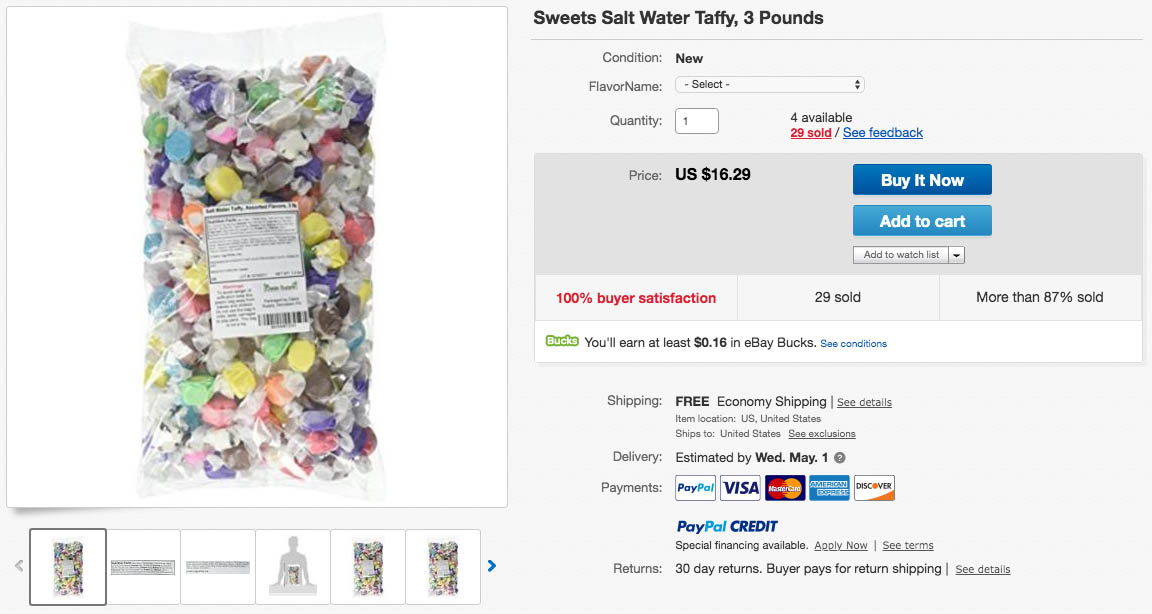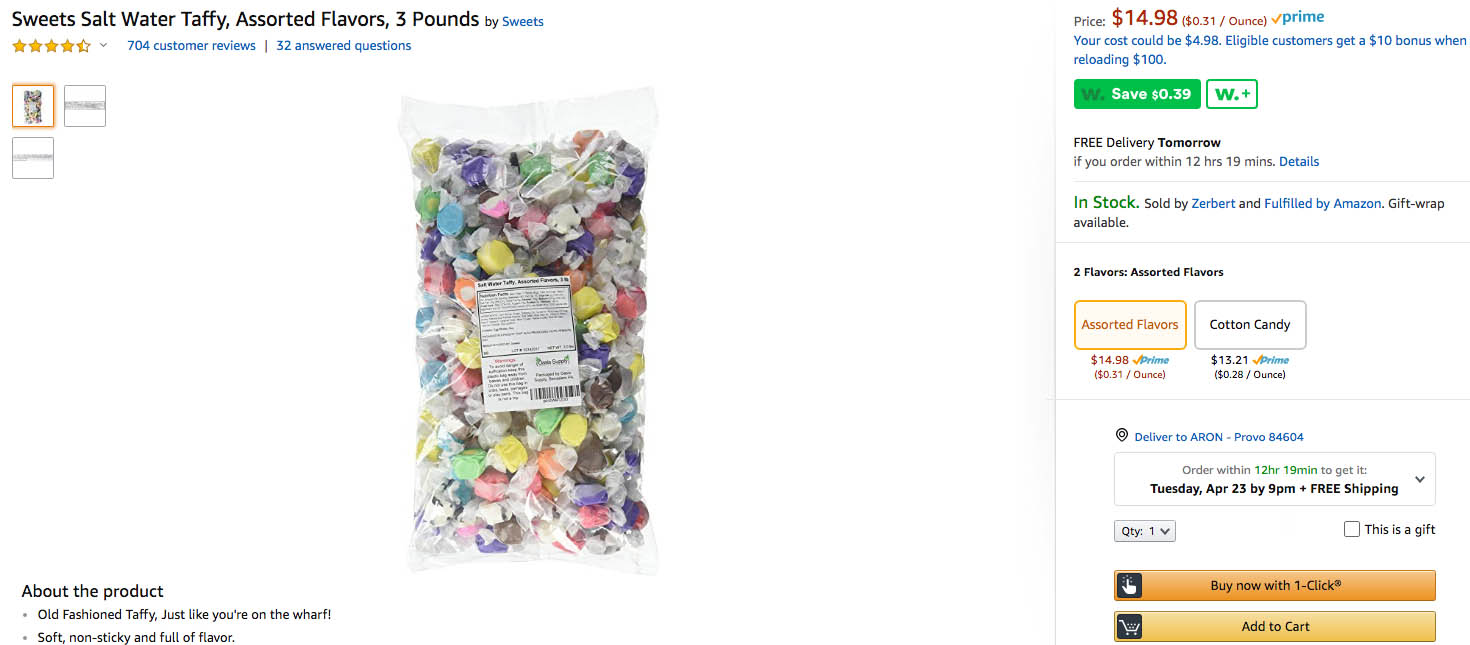Thinking about selling on multiple marketplaces but wondering if the gains are worth the investment?
Here are five key point about multi-marketplace selling—both why to do it and how to make it feasible with great seller tools—that may help to encourage you to take the plunge and grow your business.
1. You’ll reach more shoppers.
Believe it or not, shoppers have the same kinds of preferences that many sellers do. There are hundreds of millions of online shoppers in the US alone, but if you’re only selling on one platform or marketplace, there’s a good chance that many of them will never see your products—simply because they never happen to visit the one place where you sell.

According to Statista, eBay has nearly 200 million active users...
...and Amazon is the fourth-most visited property on online. Don't you want the shoppers from both?
Want to reach more shoppers? The first step is to go where the shoppers are—and there are millions of eBay-only shoppers, Amazon-only shoppers, and never-eBay-or-Amazon shoppers.
To reach all of them? Your best bet is to sell on eBay, on Amazon, and on a non-eBay, non-Amazon website that you manage, like a Shopify store.
2. You’ll increase your chances of making a sale.
Since each of the marketplaces—and your own website—have a different look, a different feel, and different rules, you’ll present each of your products to shoppers in several different ways.
This is useful because there are also millions of shoppers that comparison-shop before making a purchase across eBay and Amazon and using Google as well.
Selling on eBay, Amazon, and your own website means that you’ll get to pitch each of these shoppers in three different ways—and still close the deal. Even if the first presentation of your products doesn’t resonate, you may get them to buy on the second, or on the third.
However you slice and dice it, you want your products to be in front of a wandering shopper at each place they visit while they comparison shop, and to do that you’ve got to sell in multiple places.
3. You’ll better hedge your bets against catastrophic problems.
Marketplaces are notoriously capricious. Their rules and fees change regularly. At times, they interpret their own policies in ways that seem inconsistent with last week’s interpretations, and that shock sellers, or even leave them excluded entirely.
If you’re only selling on eBay, or only selling on Amazon, you’re entirely without insurance. One catastrophic rule change or one ban—even if temporary—can completely sink your business.

When shoppers find you everywhere they shop, it inspires trust in your brand and products.
Sell in two places, though, and you’ll still have half of your business up and running if the worst happens. Sell in three places and you’ll have two-thirds of your business saved. That’s a pretty good hedge.
4. It gives your products more credibility.
These days, shoppers expect major brands to be available through just about any buying venue. If your brand and your products appear on every marketplace a shopper visits, they’re more likely to presume your products and your business to be “established” and trustworthy.
If your products only appear on a single marketplaces, that can be a red flag to shoppers—an indication that either you or your products aren’t mature enough to make much market availability or presentation.
5. It’s easier and less mistake-prone than most sellers think.
Sellers that haven’t actively investigated the possibility often imagine that to sell on multiple marketplaces requires a multiplication of effort. If you spend 40 hours a week selling on eBay, in other words, then you must need to spend 80 to sell on eBay and Amazon, or 120 to sell on eBay and Amazon and Shopify.
In fact, this just isn’t the case any longer. Many seller tools now make the job much easier. For example, inkFrog—a tremendously popular tool that began by serving eBay sellers—now enables you to re-use much of your work from one marketplace on other marketplaces, including things like:
Use inexpensive tools to enable you to synchronize product listings and inventory levels, to avoid gaps, omissions, or overselling.
- Product page or listing creation
- Synchronizing orders
- Synchronizing inventory levels
This means that you can list on Amazon and then use your Amazon listings to more rapidly create listings for all of your inventory on eBay. Or that you can link together your listings for the same product on eBay, Amazon, and Shopify so that inventory is shared amongst all of them—and if you sell out of a product, that fact is reflected everywhere, not just on the marketplace where the last sale was made.
The Time is Now
If you’ve been considering multi-channel selling for years but still haven’t taken the plunge, take a look again. Today’s tools make it easier than ever before to sell on several marketplaces without needing superhuman time management skills, and you have nothing to lose and millions of new shoppers to gain.
What are you waiting for? The time is now!







